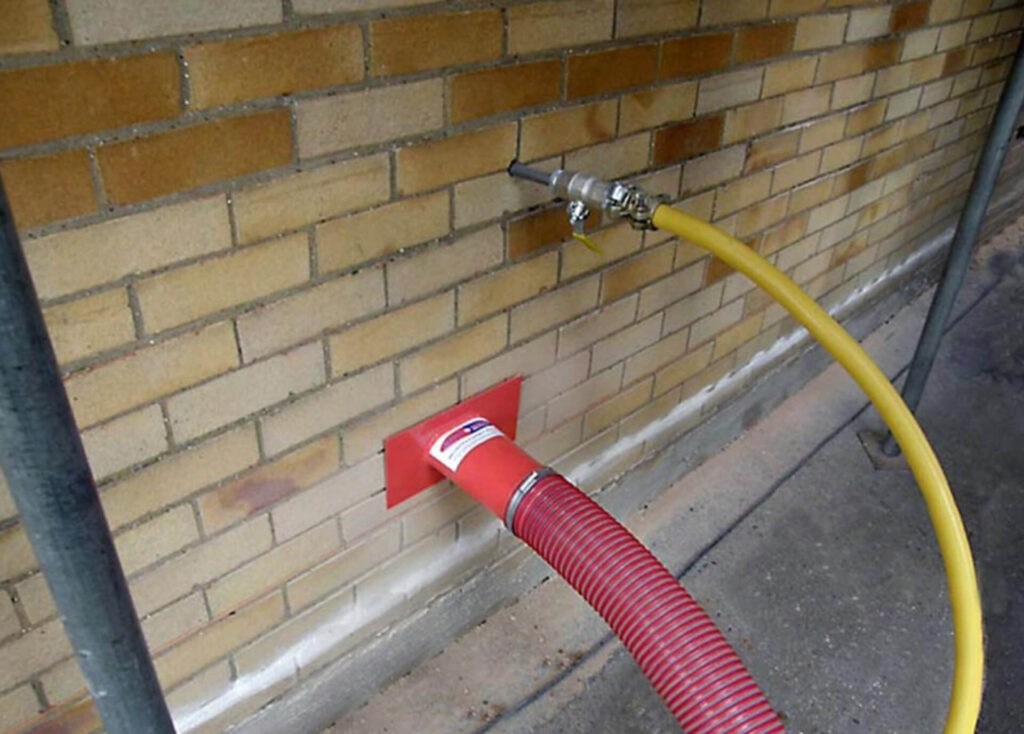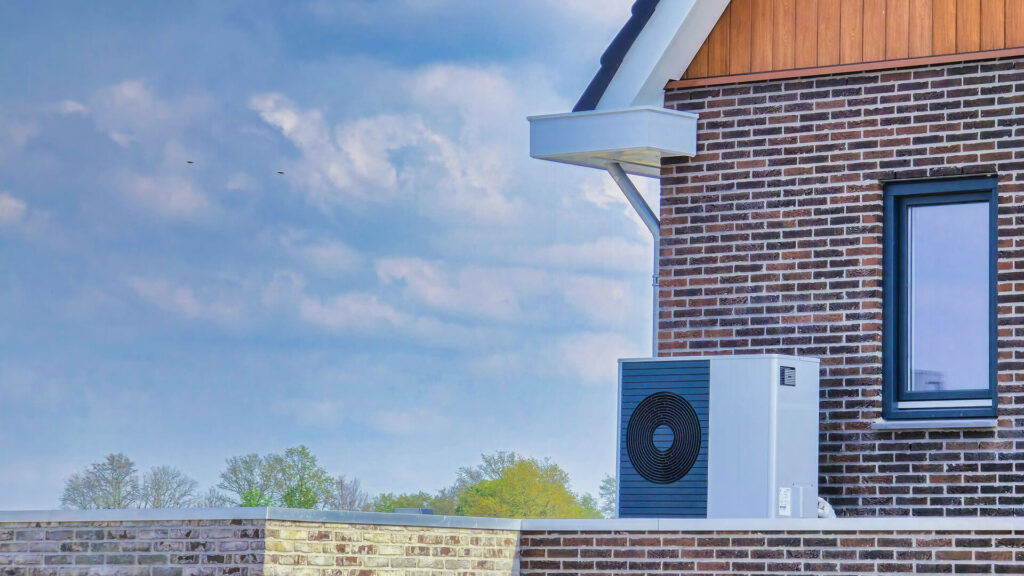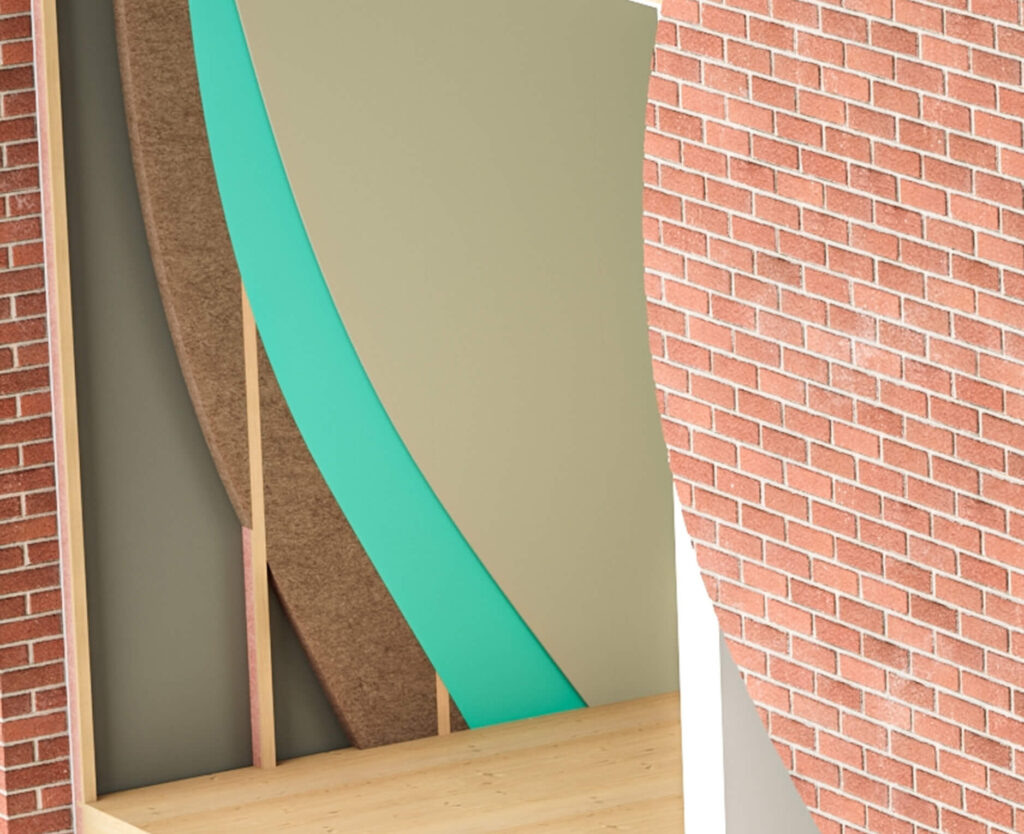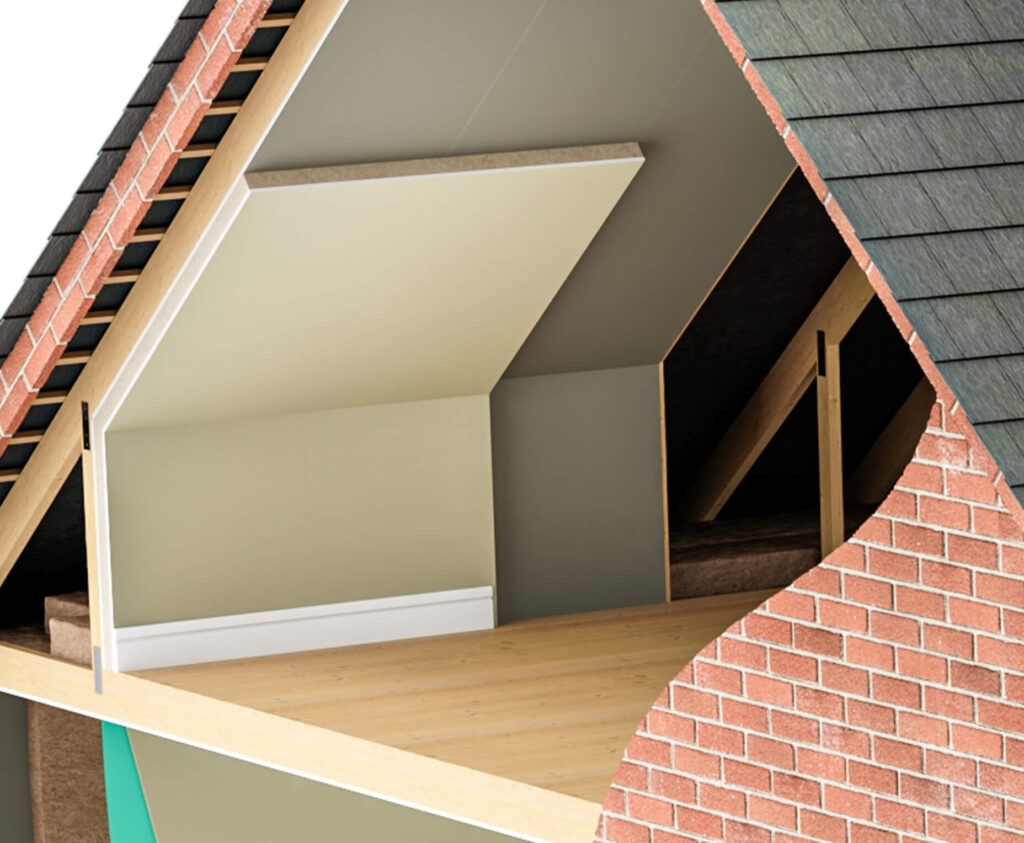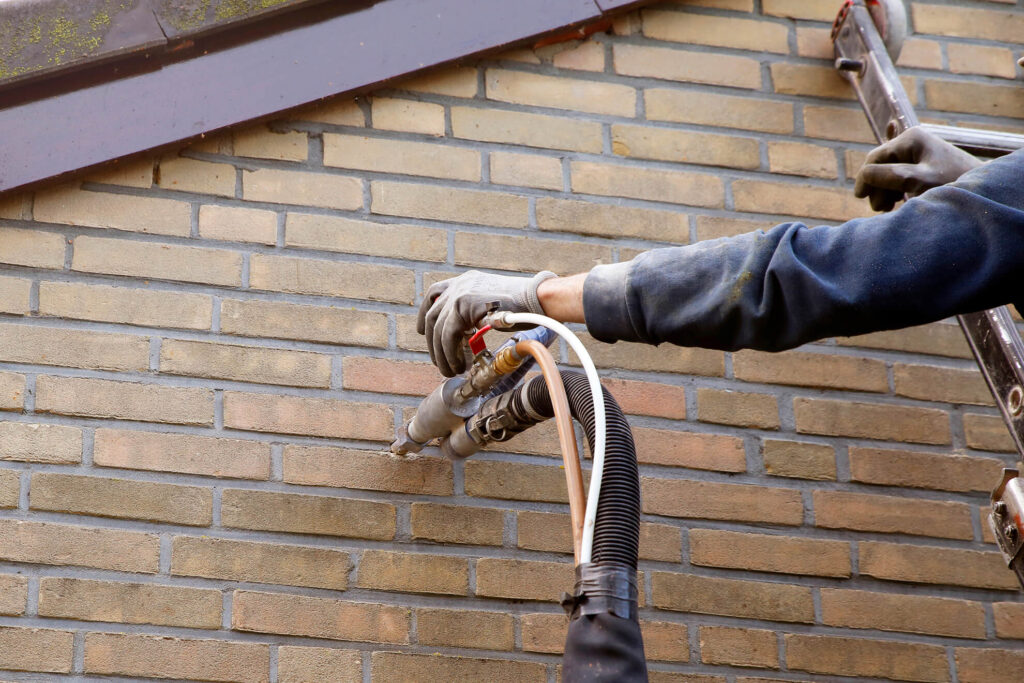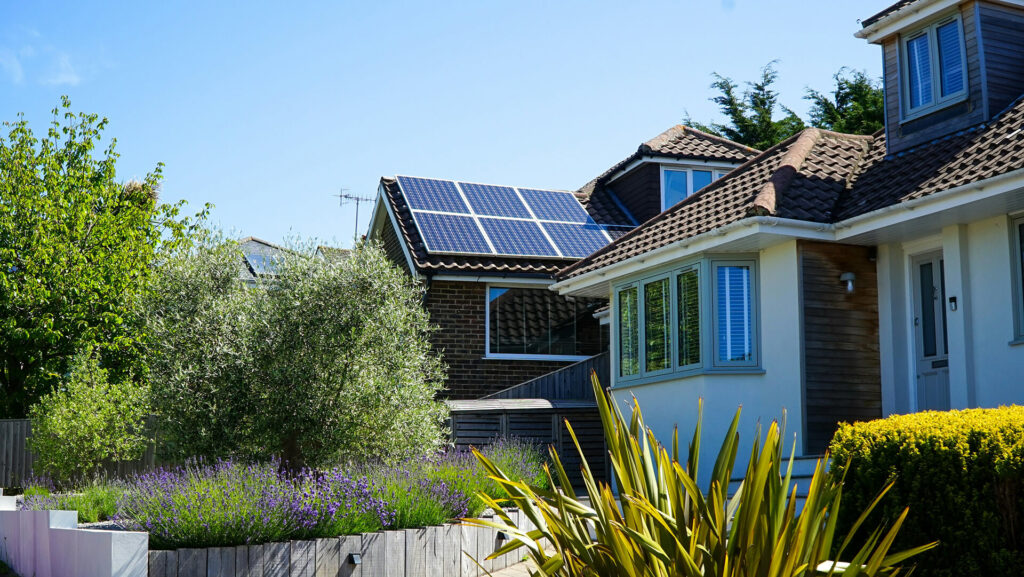Loft insulation is one of the most straightforward, and not to mention, one of the most cost-effective insulation measures you can add to stop the heat that you’re paying for from escaping through the roof.
What is loft room insulation?
Loft insulation between rafters in your roof space comprises a layer or layers of material installed between the joists and rafters, which helps reduce heat loss from your property to the outside environment. Although often associated with warmth, the insulation also keeps your house cooler in the summer, ensuring a comfortable living space year-round.
It’s ideal for unconverted lofts. If you are only using your loft as storage space, then insulating the joists alone may be sufficient. Laying insulation between the horizontal beams along the floor of your loft will create a barrier between your loft and the living space below. This will help retain heat in the areas of the house that matter the most.
On the other hand, loft conversions or room in roof attics will need insulation between the rafters, which are the angled beams that support your roof. Insulating your converted roof space will create a cosy, liveable room in your property, like a master suite, playroom, or study, for example.
Why do I need loft room insulation? And how much can I expect to save on bills?
Unless you live in a new build property, it’s unlikely that your house is insulated. Many older properties lacked insulation and were not well-built to prevent heat from escaping through the roof, leaving only a thin layer of lath and plaster separating the ceiling from the elements.
It’s also important to note that insulation has vastly improved over the years. Properties insulated many years ago may contain poorly performing loft insulation materials, which will likely have been dislodged or disturbed over time, due to weather and general wear and tear, and works carried out on the roof or ceiling by tradespeople or previous tenants. So, despite having some form of insulation, you could still be losing vital heat through your roof and spending unnecessary pounds on your heating bills.
There are many benefits to insulating your loft, attic, or roof space. Modern insulation is durable and long-lasting, with a lifespan that will protect your property for decades to come, ensuring that your energy savings will more than make up for your investment. Most homeowners will likely recoup their insulation expenses from their energy bill savings within a few years.
In a detached house that has 270mm of loft insulation, you could expect to save up to £390 a year on your bills, according to Energy Saving Trust.
Furthermore, from an environmental perspective, thorough and durable insulation will help you reduce your home’s emissions and carbon footprint, adding greater value to your home in the long run.
Further loft insulation benefits
- Good sound insulation (excellent if you live near a flight path)
- Can improve the EPC rating of your property
- Save £100s on your electricity bills
- Good for the environment by helping reduce carbon emissions
Choosing loft room insulation
There are many factors to consider when choosing the type of insulation best suited for your roof. First of all, different kinds of insulation are available depending on whether your roof is pitched or flat. A professional will be able to help you decide which type of loft insulation material is best for your property.
There are three main types of loft insulation products
Mineral wool insulation
Available as semi-rigid batts or in traditional rolls, mineral wool is lightweight and easy to install in easily accessible areas, and offers decent thermal and sound insulation.
Blown insulation
Mineral wool or cellulose is poured or blown between the joists, filling those hard-to-reach areas. Cellulose is an eco-friendly material and provides a good loft insulation top-up to areas that may be lacking in thermal efficiency, especially in older properties.
Loft Insulation boards: Expanded polystyrene (EPS)
An extremely lightweight product that is approximately 40x the volume of the original polystyrene granule. It is a rigid material that is both waterproof and can withstand extreme temperatures, and offers excellent sound insulation too.
Loft insulation government grants
The UK Government is keen to reduce the UK’s carbon emissions, reduce heating bills, and offer government-backed loft insulation funding schemes, including the ECO4 scheme, the Great British Insulation Scheme, and the Public Sector Decarbonisation Scheme. By upgrading the insulation measures in your property, you might be eligible for some or all of the costs of installing loft insulation.
You will need first to book a whole-house energy assessment, which will check the eligibility and suitability of your property for the necessary upgrades and any funding opportunities. It is essential to instruct trained professionals to install loft insulation. These installers should follow PAS 2035 standards.
Still feeling cold in winter, even with insulation? If you’re chilly or notice your energy bills increasing, your current insulation may be outdated or insufficient. Let our certified assessors carry out a home energy audit to look at what’s working and advise on any cost-effective upgrades to start bringing your bills down, and make your home a cosier place to be.
SmartStone is a TrustMark and National Insulation Association member, and our expert assessors are STROMA and ECMK-trained, certified by the DEA, Installation Assurance Authority, and PAS 20235 for retrofitting. We can guide you through the available grants, check eligibility and give you the best solutions for the most effective insulation upgrades for your property.
